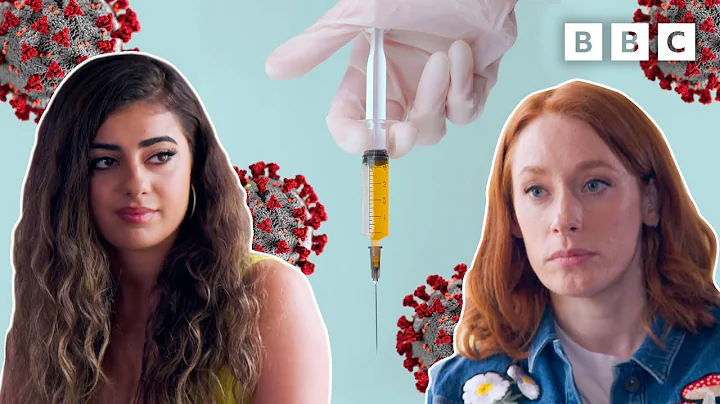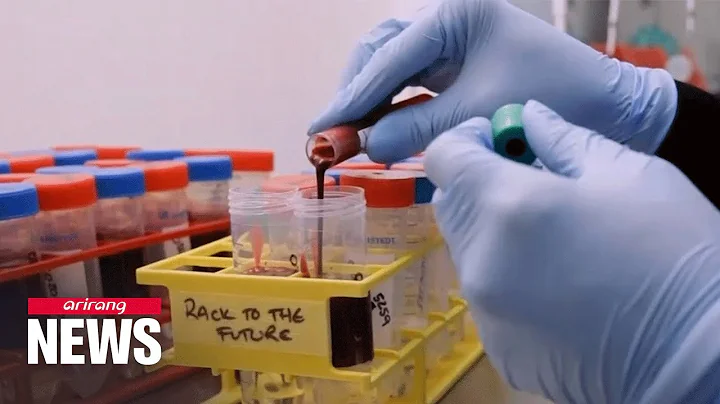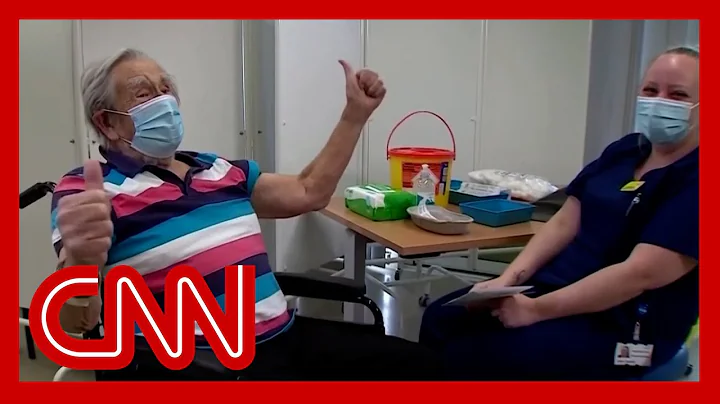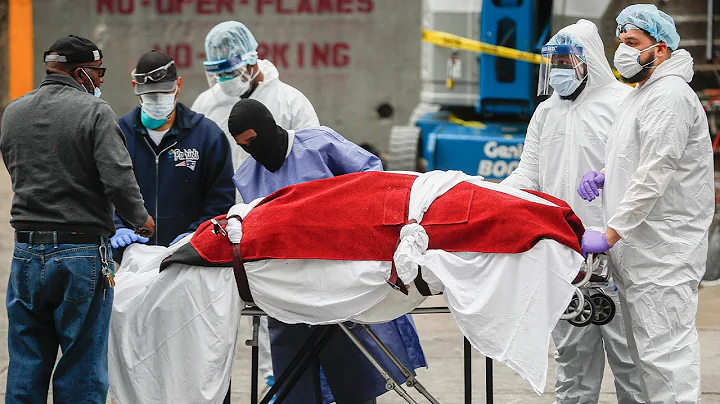
When the first coronavirus vaccines were shipped across the country more than a year ago, millions of Americans eagerly awaited their turn to be vaccinated in hopes of a return to normalcy.
In the spring of 2021, after every adult became eligible for a vaccine, more than 2 million people received their first dose every day. However, vaccination rates have dropped sharply in recent months, with the majority of those willing to be vaccinated now taking the shot.
The number of Americans receiving the first coronavirus vaccine is currently at a low point in the epidemic, with fewer than 80,000 Americans getting vaccinated every day. Additionally, the rate at which people are getting boosters has also dropped significantly since December, from 1 million booster injections per day to less than 140,000.
Dr. John Bronstein, an epidemiologist at Boston Children's Hospital and an ABC News contributor, said the end of local vaccine authorization and the proliferation of micron clones could stall first vaccines and boosters. Unfortunately, at this point, there aren't many tools in the toolbox to encourage people to stay current.
While the number of unvaccinated Americans is certainly smaller than the number of vaccinated Americans, tens of millions of Americans remain unvaccinated and unvaccinated. Nationwide, more than 58 million eligible Americans remain unvaccinated, while 87.6 million Americans, about half of those currently eligible for the boost, have yet to receive supplemental doses.
Amid the waning interest, some scientists and health officials say Americans may need additional boosters this fall or seasonal boosters in the future to account for waning vaccine immunity or new coronavirus variants .
White House chief medical adviser Dr. Anthony Fauci said at a press conference last month that the potential future need for an additional booster or fourth shot of mRNA or a third shot of Strong and JJ is being monitored very carefully in real time and if Recommendations will be updated as data develop, as needed.
Experts who spoke to ABC News worried about how to get the message across while maintaining trust, and how additional doses could further exacerbate inequities in access and care across the country.
Since the fall, Americans with compromised immune systems have had the option of receiving a fourth dose of mRNA. However, the benefits of additional doses remain unclear to the public.
Fauci told Bloomberg Television last week that the Centers for Disease Control and Prevention is looking at the data "month by month" and if durability rates continue to decline, officials will have to decide whether to start offering fourth doses, especially to older adults. Wait for the fourth dose to be offered to high-risk groups.
Yet even with data showing a fourth dose is needed, convincing Americans to try again could present a new set of challenges.
Sheila Doron, an infectious disease physician and hospital epidemiologist at Tufts Medical Center, told ABC News: "I think we can expect less uptake for the fourth dose than for the third dose." Changes Surrounding Vaccination Information about program goals will be helpful.

She said some people mistakenly pointed to an increase in breakthrough infections as a reason not to get vaccinated.
As a result, experts say, public health experts must emphasize the benefits of vaccination and how it can significantly reduce the risk of severe illness or death if infected.
In December, when Omicron infections were dominant, unvaccinated people were 14 times more likely to die from the coronavirus than people who received one shot of the Johnson & Johnson vaccine or two doses of the Pfizer and Moderna vaccines.
Health experts also warned that if a fourth dose is ultimately needed, health officials must outline the purpose of the additional doses.
Doron asked are we trying to prevent all infections, or are we trying to prevent severe disease? Honest public messaging about declining effectiveness against severe disease and focusing on the need for additional doses only when effectiveness against severe disease declines, and only for those in whom this occurs, may help restore trust and increase vaccine adoption. intake.
Brownstein added that proof of prevention of serious illness and death will ultimately be critical.
He said clinical data, combined with real-world evidence, must show the additional shot provides critical protection against severe disease and death.
Experts are particularly concerned about the continued widening of racial disparities in current booster drives and the impact this uptake gap may have on a population already at increased risk of severe coronavirus consequences.
Black and brown Americans are currently lagging behind in boost efforts, with only 39.5% of eligible Hispanics/Latinx Americans receiving a boost and 43.8% of eligible Black Americans receiving a boost. Asian Americans led every racial/ethnic group, with 58.9% of the eligible population getting a lift.
Brownstein explained that the vaccine rollout has highlighted deep inequalities in enrollment and education, leading to disparities in vaccination rates across racial and ethnic groups.
If additional footage is required in the future, experts fear inequality will worsen.
Brownstein added that a fourth-shot strategy might only exacerbate protection inequalities unless there are also direct efforts to keep the entire population informed.

As health officials plan for the months and years ahead, Doron suggested several potential ways to proceed, including moving to annual vaccinations when seasonal patterns of COVID-19 emerge, or waiting for signs of continued decline in effectiveness and then A fourth dose of vaccine is recommended, especially for high-risk groups.
An FDA representative told ABC News in a statement that any decision on the need for additional booster doses will be based on the data the agency obtains.
No matter how officials decide to move forward, experts say Americans must be convinced of the importance and benefits of vaccines, so low coronavirus vaccination rates will not only undermine recovery prospects but could lead to another surge in infections as new variants emerge.
Brownstein said the case for a fourth shot needs to be very compelling if we expect the American public to join in. The focus should continue to be on primary care providers and frontline health care workers to continue educating the public about the value of the vaccine.





















